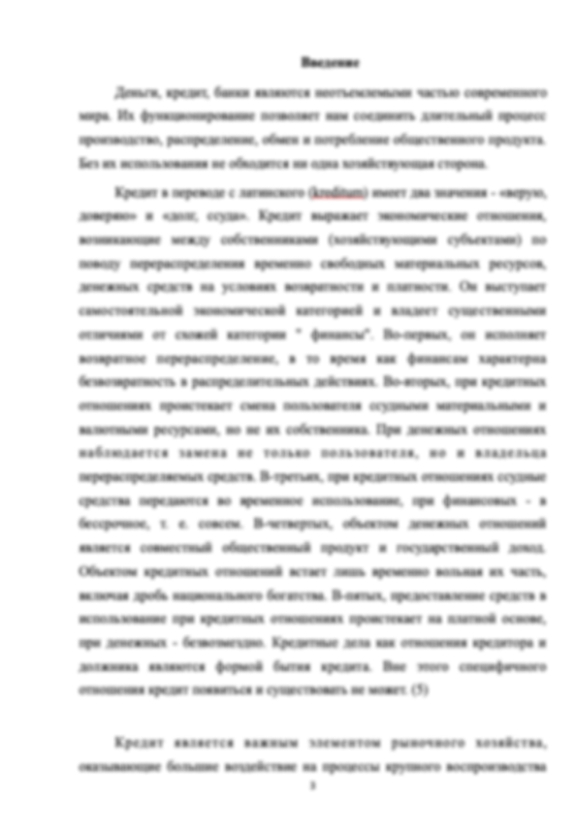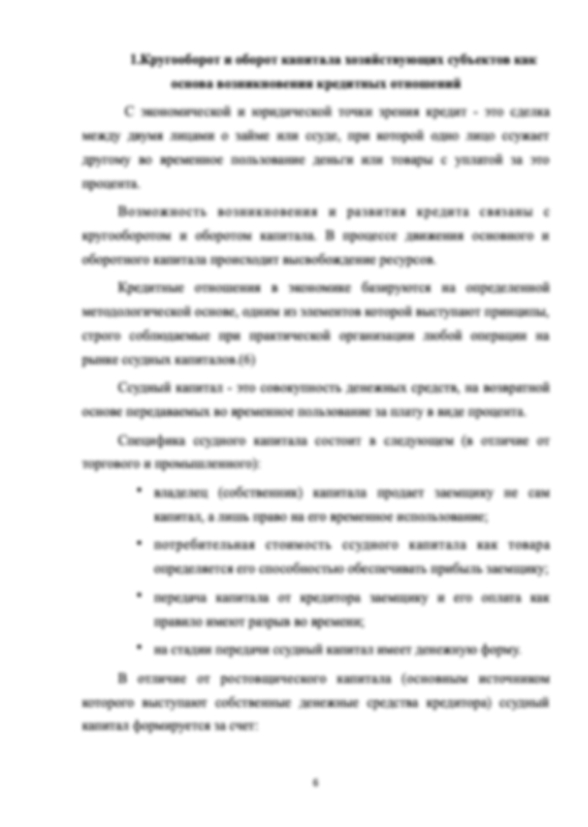Хорошо.
Информация о работе
Подробнее о работе

Перевод статьи, название: MсGregor’s theory X and theory Y
- 7 страниц
- 2021 год
- 0 просмотров
- 0 покупок
Гарантия сервиса Автор24
Уникальность не ниже 50%
Фрагменты работ
Пример перевода первого предложения:
То, как менеджеры мотивируют людей на работе, во многом зависит от их отношения к работникам.
The way managers go about motivating people at work depends greatly on their attitudes toward workers. Management theorist Douglas McGregor observed that managers’ attitudes generally fall into one of two entirely different sets of managerial assumptions, which he called Theory X and Theory Y.
Theory X
The assumptions of Theory X management are:
The average person dislikes work and will avoid it if possible.
Because of this dislike, workers must be forced, controlled, directed, or threatened with punishment to make them put forth the effort to achieve the organization’s goals.
The average worker prefers to be directed, wishes to avoid responsibility, has relatively little ambition, and wants security.
Primary motivators are fear and punishment.
The natural consequence of these assumptions is a manager who is very busy and watches people closely, telling them what to do and how to do it. Motivation is more likely to take the form of punishment for bad work than reward for good work. Theory X managers give workers little responsibility, authority, or flexibility. Taylor and other theorists who preceded him would have agreed with Theory X. Time-motion studies calculated the one best way to perform a task and the optimal time to devote to it. Researchers assumed workers needed to be trained and carefully watched to see that they conformed to standards.
Many managers and entrepreneurs still suspect that employees cannot be fully trusted and need to be closely super-vised. No doubt you have seen such managers in action. How did they make you feel? Were these managers’ assumptions accurate regarding workers’ attitudes?
Theory Y
Theory Y makes entirely different assumptions about people:
Most people like work; it is as natural as play or rest.
Most people naturally work toward goals to which they are committed.
The depth of a person’s commitment to goals depends on the perceived rewards for achieving them.
Under certain conditions, most people not only accept but also seek responsibility.
People are capable of using a relatively high degree of imagination, creativity, and cleverness to solve problems.
In industry, the average person’s intellectual potential is only partially realized.
People are motivated by a variety of rewards. Each worker is stimulated by a reward unique to him or her (time off, money, recognition, and so on).
Rather than authority, direction, and close supervision, Theory Y man- agers emphasize a relaxed managerial atmosphere in which workers are free to set objectives, be creative, be flexible, and go beyond the goals set by management. A key technique here is empowerment, giving employees authority to make decisions and tools to implement the decisions they make. For empowerment to be a real motivator, management should follow these three steps:
1. Find out what people think the problems in the organization are.
2. Let them design the solutions.
3. Get out of the way and let them put those solutions into action.
Often employees complain that although they’re asked to engage in company decision making, their managers fail to actually empower them to make decisions. Have you ever worked in such an atmosphere? How did that make you feel?
OUCHI’S THEORY Z
One reason many U.S. companies choose a more flexible managerial style is to meet competition from firms in Japan, China, and the European Union. In the 1980s, Japanese companies seemed to be outperforming U.S. businesses. William Ouchi, management professor at the University of California–Los Ange- les, wondered whether the reason was the way Japanese companies managed their workers. The Japanese approach, which Ouchi called Type J, included lifetime employment, consensual decision making, collective responsibility for the outcomes of decisions, slow evaluation and promotion, implied control mechanisms, nonspecialized career paths, and holistic concern for employees. In contrast, the U.S. management approach, which Ouchi called Type A, relied on short-term employment, individual decision making, individual responsibility for the outcomes of decisions, rapid evaluation and promotion, explicit control mechanisms, specialized career paths, and segmented concern for employees.
Type J firms are based on the culture of Japan, which includes a focus on trust and intimacy within the group and family. Conversely, Type A firms are based on American culture, which includes a focus on individual rights and achievements. Ouchi wanted to help U.S. firms adopt successful Japanese strategies, but he realized it wouldn’t be practical to expect U.S. managers to accept an approach based on the culture of another country. Judge for your- self. A job for life may sound good until you think of the implications: no chance to change jobs and no opportunity to move quickly through the ranks.
Ouchi recommended a hybrid approach, Theory Z. Theory Z includes long-term employment, collective decision making, individual responsibility for the outcomes of decisions, slow evaluation and promotion, moderately specialized career paths, and holistic concern for employees (including family). Theory Z views the organization as a family that fosters cooperation and organizational values.
In recent years, demographic and social changes, fierce global competition, and the worst recession in their country’s history have forced Japanese managers to reevaluate the way they conduct business. The effects of the 2011 earthquake on Japanese businesses reinforced the need to change and become more efficient in order to compete effectively.
Electronics giant Hitachi was the first major Japanese company to quit requiring corporate calisthenics. Having everyone start the day with group exercises had symbolized doing the same thing the same way, and reinforced the cultural belief that employees should not take risks or think for themselves. Many managers think such conformity is what hurt Japanese business. Will Japanese managers move toward the hybrid Theory Z in the future? We’ll have to wait and see. An appropriate managerial style matches the culture, situation, and specific needs of the organization and its employees.
Перевод данной статьи под названием "MсGregor’s theory X and theory Y" был выполнен квалифицированным и дипломированным переводчиком в 2021 году.
Форма заказа новой работы
Не подошла эта работа?
Закажи новую работу, сделанную по твоим требованиям


